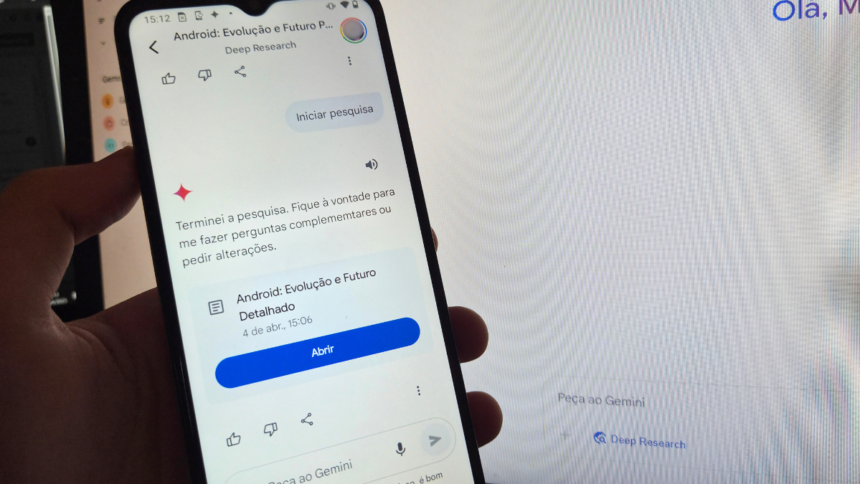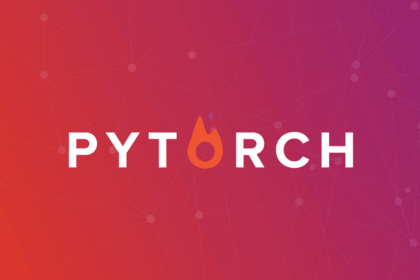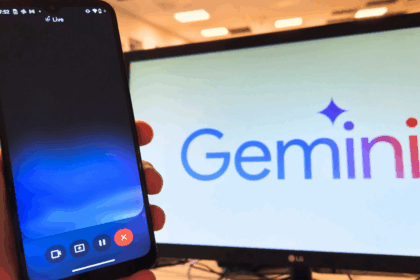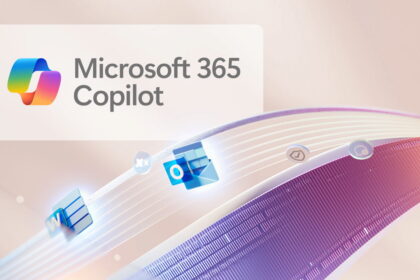Deep Research is an advanced tool integrated into artificial intelligence models that enables more complex and in-depth searches. Unlike basic queries, this feature pulls from updated internet data and applies logical reasoning to deliver more accurate, relevant, and context-aware answers.
But what exactly does Deep Research do—and how does it differ across AI models?
In this guide, we’ll break it down for you. Here’s what you’ll learn:
- What is Deep Research in AI?
- How it enhances search and reasoning capabilities
- How different AI models—like ChatGPT, Copilot, and Gemini—use Deep Research
- The benefits of using it for study, work, and decision-making
- Which platforms currently offer this feature, and how to access it
What is “Deep Research”?
“Deep Research” is a feature available in several AI chatbots, though it may go by different names depending on the company.
Its main purpose is to expand the chatbot’s capabilities beyond its built-in database, allowing it to search the internet in real time and gather information from multiple sources. This results in more complete, context-aware responses, offering deeper analysis and up-to-date insights tailored to the user’s query.
Where to use Deep Research?
The Deep Research tool is especially useful for exploring more complex topics, helping users access a range of perspectives and detailed answers—without the need to perform dozens of separate searches. It’s also recommended for tasks like solving mathematical problems or even writing and debugging code, where layered reasoning and up-to-date references are key.
Below, we’ll look at some companies offering Deep Research capabilities in their AI chatbots and explore how this feature works across different platforms.
Deep Research in Google AI (Gemini)
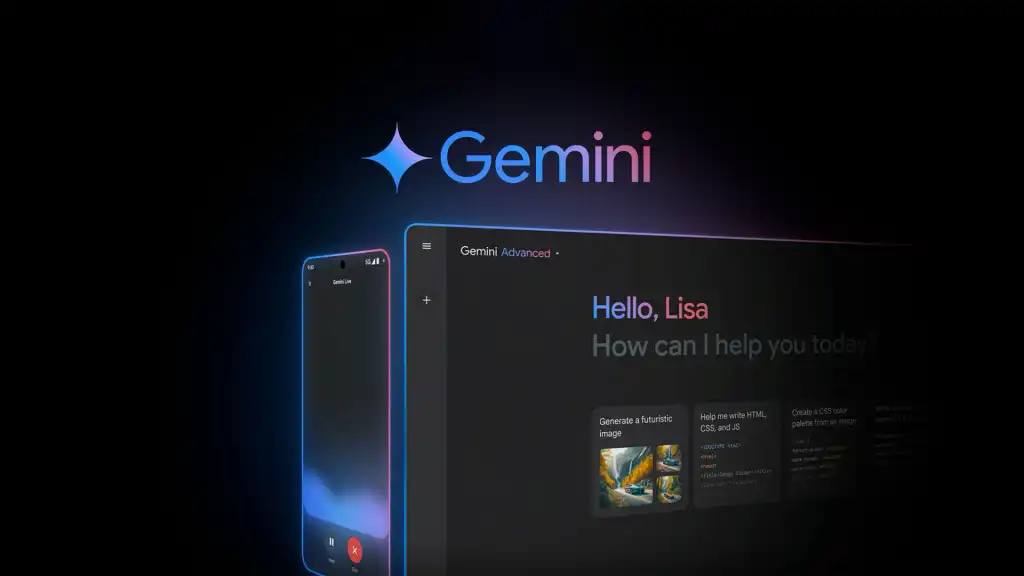
Deep Research is available under the same name in Google’s AI platform. Once activated, the tool conducts a comprehensive search on the topic you request, applying reasoning to evaluate the information it gathers from multiple sources across the web. This enables autonomous research, going far beyond a simple search result list.
Deep Research in Gemini is integrated directly with Google Search, ensuring access to the most recent and relevant data. To activate it, users can either select the Deep Research model from the model picker or click the “Deep Research” button beneath the prompt input bar.
This feature helps Gemini generate more complete and context-rich answers—though it may take a few minutes to process, depending on the complexity of the topic.
Once the results are delivered, you can continue the conversation, asking follow-up questions or diving deeper into any part of the response.
Availability:
- Free users can access Deep Research but with limitations on usage.
- Gemini Advanced and Google Workspace subscribers get unlimited access to this feature.
Deep Research in ChatGPT
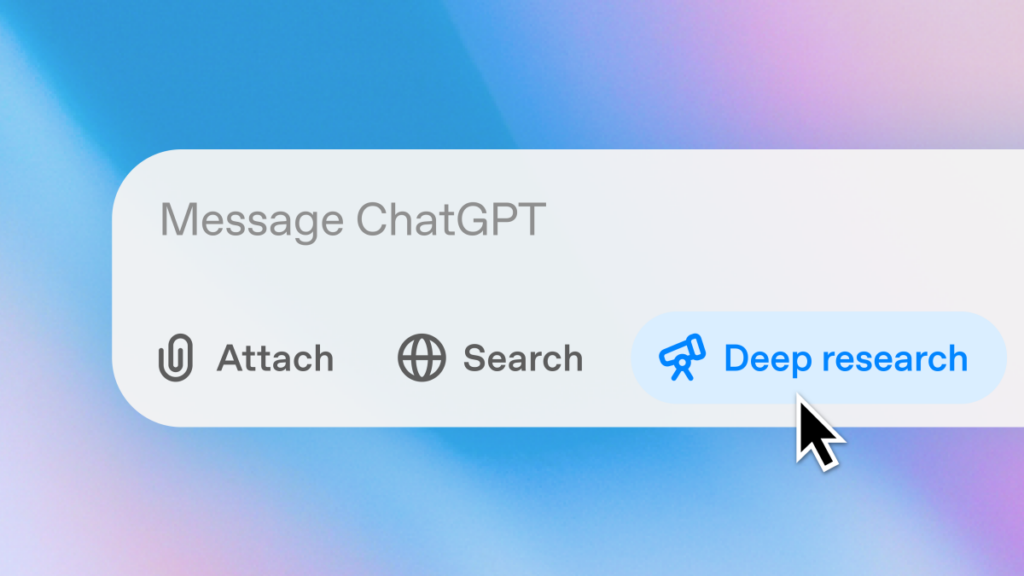
In ChatGPT, the tool is also called Deep Research, and it works similarly to Gemini’s version. It searches across hundreds of online sources, analyzes the content with critical reasoning, and delivers responses adapted to the context based on what it learned from the conversation.
The key difference lies in how the process begins. Instead of jumping straight into the research, ChatGPT will often ask follow-up questions to help clarify the user’s intent before proceeding. This extra step helps the AI deliver more accurate and tailored results.
📌 For example:
When given the same prompt in Gemini, ChatGPT responded with a clarification question, asking us to specify what we wanted to know before beginning the deep search.
Deep Research can be used with various AI models inside ChatGPT, but it’s currently only available to Plus and Pro subscribers.
DeepThink in DeepSeek
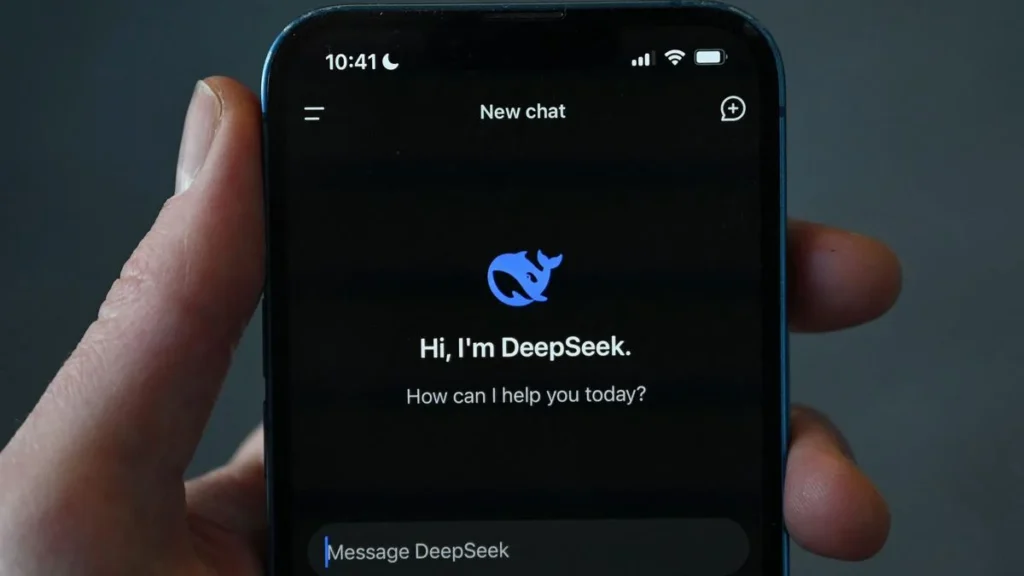
In DeepSeek AI, the deep research feature is called “DeepThink”. This free tool offers a simplified experience compared to platforms like ChatGPT and Gemini.
When you enable the DeepThink button before submitting your prompt, the chatbot takes extra time to process your question, aiming to deliver a more thoughtful and less error-prone response. It’s particularly useful for tackling more complex problems with greater analytical depth tailored to the context provided by the user.
However, unlike other platforms, DeepThink is not automatically connected to real-time web search. If you want the response to include updated or online information, you’ll need to activate the “Search” tool alongside DeepThink manually.
While DeepSeek’s research capabilities are simpler than ChatGPT and Gemini’s, it’s well-suited for everyday use, quick queries, and users who want a fast, low-friction AI experience.
Deep Search in Grok (xAI by Elon Musk)
In Grok, the AI developed by Elon Musk’s company xAI, the deep research tool is called “Deepsearch.” Its functionality is similar to that of Google Gemini—just activate the feature and send your command to receive a thorough, context-aware search result.
What sets Grok apart is its integration with X (formerly Twitter). In addition to pulling information from the broader internet, Grok incorporates real-time posts from X to enhance responses with fresh perspectives and social context. It also applies critical reasoning based on the collected data.
One unique feature is the “Direct Answer” format: a quick summary of key points presented in bullet form, making the results easier to scan and digest.
Grok offers two levels of search:
- Deep search – Standard deep research
- DeePERSEARCH – A more in-depth version that provides greater context and reasoning, ideal for more complex topics
Availability:
- Free access to Grok 3 (the latest model) is available with limitations
- Users subscribed to X Premium and Premium+ plans to get unlimited access
How to use Deep Research
While the Deep Research feature works a bit differently across chatbots, there are a few universal strategies you can use to get more accurate and helpful responses—no matter which AI you’re using:
- Have a clear goal: Do not send very open commands, such as “Tell me about Android.” Make it clear in the message what you want;
- Write your expectations: Thus, I will know the way you should take to deliver the content;
- Impose limits: As the research usually covers a lot of information, consider writing in charge as far as you would like it to go, for example: “Explain to me the story of All Tech Nerd from US, from 1901 until 2001” Instead of asking only that“ explain the history of All Tech Nerd.”
What are the limitations of Deep Research?
Deep Research is a powerful tool, but delivering more complete and detailed responses comes at a cost—it consumes more tokens, like AI “credits.” If you’re using a free plan, this higher token usage could limit how many deep searches or edits you can make in a session.
Also, because the tool pulls information from a wide range of websites, there’s always a chance that some of its content might be outdated or inaccurate. These sources still influence the AI’s final answer, so reviewing the results critically is smart.
Lastly, remember that not all AI platforms have web access enabled by default. In some cases, deep research might rely only on the AI’s internal knowledge base, which could affect the current or comprehensive response.

